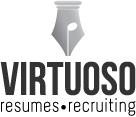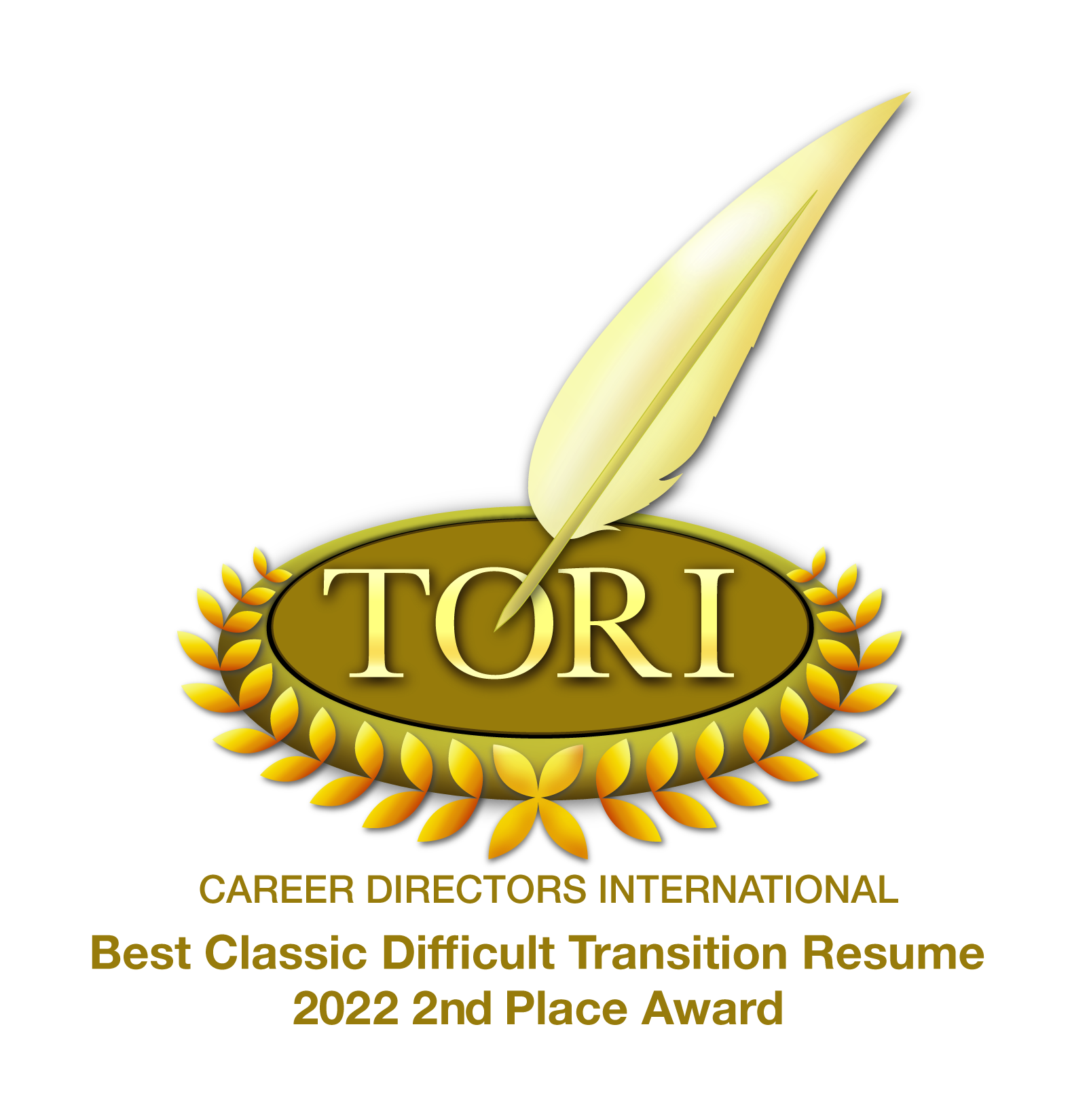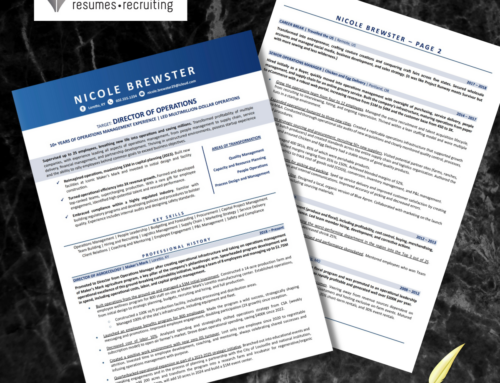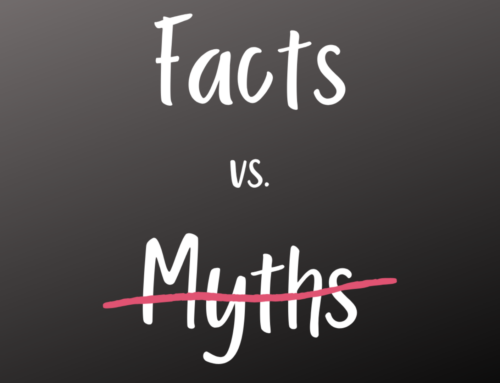Life is bumpy and doesn’t always move in a straight line. In my case, I had a great leadership role with a social service organization and accountability for not only my own office and 10 employees, but thousands of clients and their children. It was a huge responsibility and as a steward of $100,000s of dollars of support services, a “bump” is exactly what happened to me.
Today, that “bump” is almost 12 years old.
While I was prepared for a typical pregnancy, that wasn’t what I got. I ended up with a high-risk medical condition and bedrest. MONTHS of bedrest. Needless to say, my 12 weeks of maternity leave was exhausted way before my son was even born. HR graciously told me that I could keep my job (thanks?!), but only if I came back to work after only 4 weeks of maternity leave. You can guess what I said, can’t you? I politely told HR where they could stick their job.
And so, my “bump” turned into unemployment. Career-wise, clearly I reinvented myself. A short time later, I founded Virtuoso – but not before earning myself a nice employment gap.
If something similar has happened to you and you’re wondering “how to handle the gap on my resume,” this blog is for you. Cue drumroll!
My advice is…Tell the truth.
That’s it. It’s not like the hiring manager is going to miss seeing the gap. You truly can’t hide it. We have background checks, e-verify, and credit checks. So, I’ll say it again. Tell the truth. I promise that being honest presents the least risk. Attempting to hide your gap only does one thing – makes people wonder and jump to conclusions. Be in control of your own narrative!
Do not use a functional resume format.
Do not fudge the dates of your gap.
Do not give yourself a ridiculous, clearly false job. (You’re probably thinking, no one does that, right? Wrong.)
Do not call yourself a Consultant if you weren’t one.
Do not present anything less than full honesty.
At this point, you may be wondering exactly what TO do. This is the easy part! There are two places in the resume where you can disclose the nature of your gap. First, you can put it at the end of the executive summary as the final sentence of your opening paragraph like this:
- “Seeking a business development leadership role after caring for a sick parent.”
- “Pursuing a position as Marketing Manager after spending 6 months traveling through Asia.”
The other option is to add the gap under your professional history (like mine):
Stay at Home Parent, 2006-2007
- “Cared for a medically compromised, premature infant until he was cleared for daycare. Gratefully traded cholic for the peace and productivity of owning a business (and talking to adults all day long.)”
Between you and me, I’m pretty sure that this “bump” gave me PTSD. In other words, he prepared me to do battle on a whole other level. I survived the worst and came back swinging. And I am proud to have done that, so why shouldn’t this belong on my resume? Getting him healthy enough to attend daycare was a massive undertaking. I truly moved mountains.
But what does this have to do with my professional life? Counting his calories demonstrated next-level attention to detail. Listening to the non-stop crying? The patience of a saint. Persuading his specialists to do what I knew to be best for him? Gold-medal persuasion and influence.
So…if you have a gap, it does belong on your resume, and I’m willing to bet that your story is just as important as mine. For more resume writing tips and tricks, keep reading my blog!












